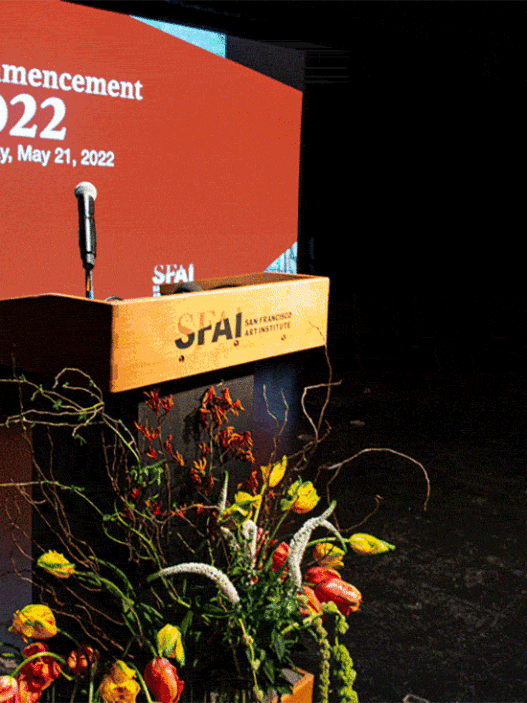June 20–26, 2022
From a draft of Andris Brinkmanis and Marco Scotini. Curated by the NABA Visual Arts and Curatorial Studies MA students: Shamooda Amrelia, Elisabetta Calligaro, Antonela Solenicki, Zixin Han, Harshitha Jois, Elena Marcon, Nicolò Martinelli, Rosaria Murolo, Alberto Navilli, Barbara Niniano, Martina Pumpel, Alessia Riva, Federica Rizzo.
Artists: Chiara Antonelli, Roberta Argenta, Davide Barberi, Eleonora Del Bene, Isabel Bergant, Elisabetta Bottura, Francesca Bullo, Alessandro Cavallini, Elisa Ceneri, Michela Fabriani, Diego Giannettoni, Romina Guerrero, Camilla Gurgone, Munisa Kholkhujaeva, Kenny Alexander Laurence, Miranda Lopez Ortega, Giorgio Mattia, Rebecca Momoli, Katia Mosconi, Giuliana Paolino, Tatiana Russi Soto, Lorenzo Silvestri, Alessandro Sorrentino, Shaha Tanvi, Mateusz Dalla Torre, Barbara De Veteris, Iris Volpato, Shaoqi Yin.
Exhibition Coordinator: Vasco Forconi.
The interaction between ecologies, artistic practices, and curatorial studies has been a major feature of NABA’s Visual Arts Department’s pedagogic processes for many years. Félix Guattari’s forward-thinking allusion to the need for a triple articulation of ecology as being environmental, social, and mental at the same time is the source of this plural declination of the ecological paradigm. What is at stake today appears to be an ecology of the possible, rather than an active action on nature or a theoretical explication of the Anthropocene, which is not necessarily immune to certain power seductions.In Silvia Federici’s words, the reactivation of the potential to re-enchant and re-imagine the world, which has been forcefully stripped from the communal, political perspective and co-opted by the domination of western technology since the 1990s.
What does “possible” mean in today’s world? Practicing ecology entails, first and foremost, tackling this question, which Deleuze and Guattari identified as “nomadic science.” As a result, practicing ecology now requires a significant shift toward alternate types of instruction.
The Botanic Garden of Rome, a living museum, a location for biodiversity protection as well as a symbol of Italy as a nation state with a colonial past, presents itself as a privileged venue in which to confront such questions concerning prospective horizons. The student-artists’ exhibits bring together and alternate a variety of approaches to political ecology. Nomadism, myths and metamorphosis, eco-feminism, colonial memories, and a specific call for deceleration are just a few of the possible declinations of a plural ecology, which is increasingly manifesting itself through a holistic concept of the environment in which all elements, species, and forces co-exist in reciprocal interconnection and interdependence.
(Im)possible Ecologies is the first act in an exhibition project involving students from both the NABA Milan and Rome campuses, from the BA in Painting and Visual Arts and the MA in Visual Arts and Curatorial Studies, the latter of which is currently active in Milan and is being proposed as a new program for the Rome campus in A.Y. 2022/23. (currently subject to authorisation by MUR). In the autumn, (Im)possible Ecologies will continue with a show in Milan that will focus on memory and archives.
Special thanks: Silvia Simoncelli, Caterina Iaquinta, Lorenzo Romito, Ginevra Stuto.
Graphic identity: Giordano Cruciani.
NABA, Nuova Accademia di Belle Arti is an international Academy focusing on arts and design: it is the largest private Academy in Italy, and the first one to have been recognised by the Italian Ministry of University and Research (MUR), back in 1981. As a recognised Academy, NABA offers in its two campus in Milan and Rome academic diplomas equivalent to first and second level university degrees in the fields of design, fashion design, graphics and communication, multimedia arts, new technologies, set design, visual arts. NABA was selected by the QS World University Rankings® by Subject Art & Design as the Best Academy of Fine Arts in Italy and among the top 100 universities in the world.
Botanic Garden of Rome
Largo Cristina di Svezia, 23 A – 24
00165 Rome
Italy
www.naba.it
Instagram / YouTube / Instagram









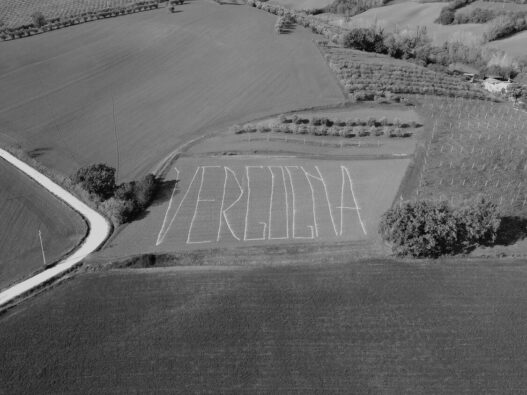
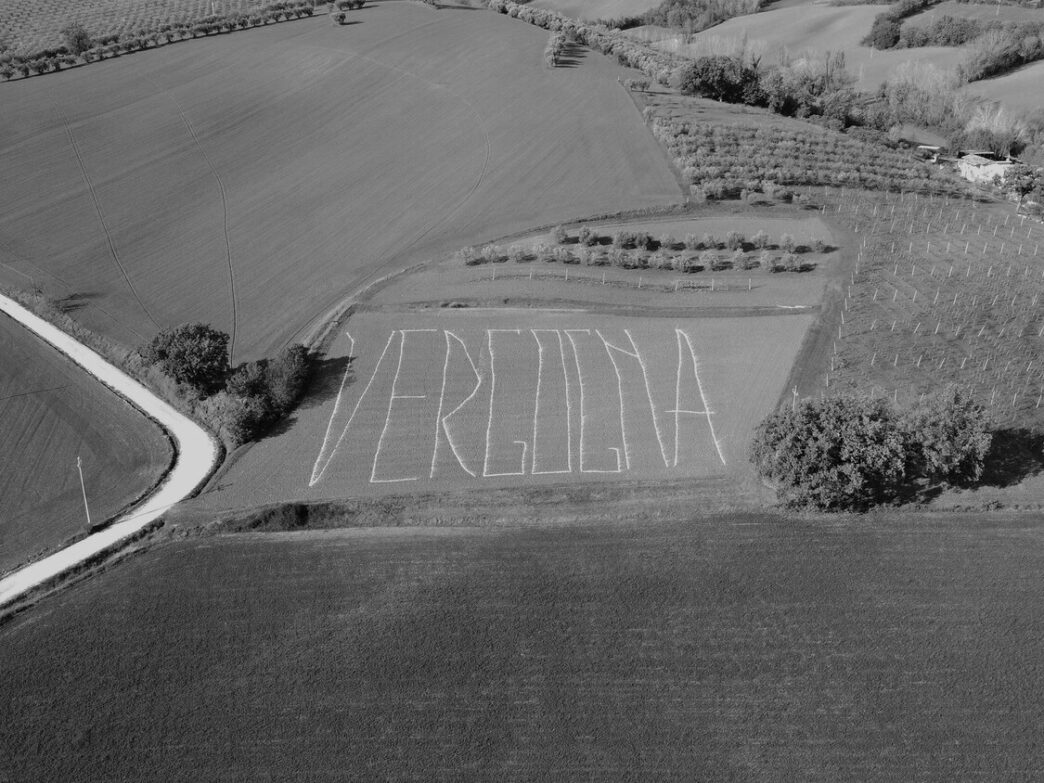


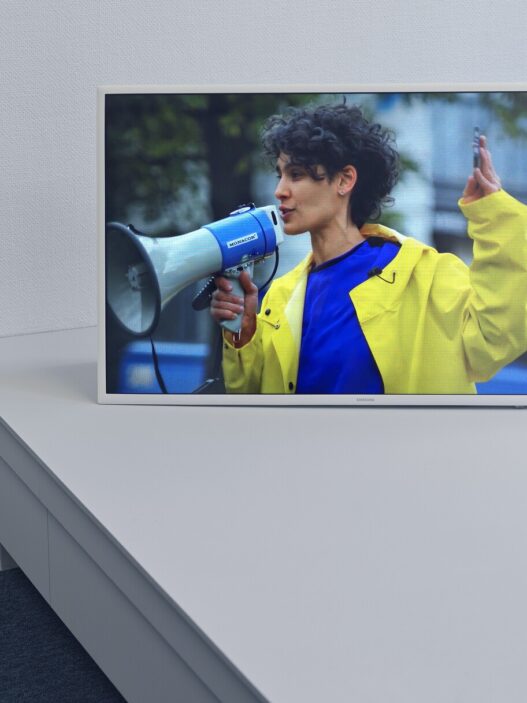
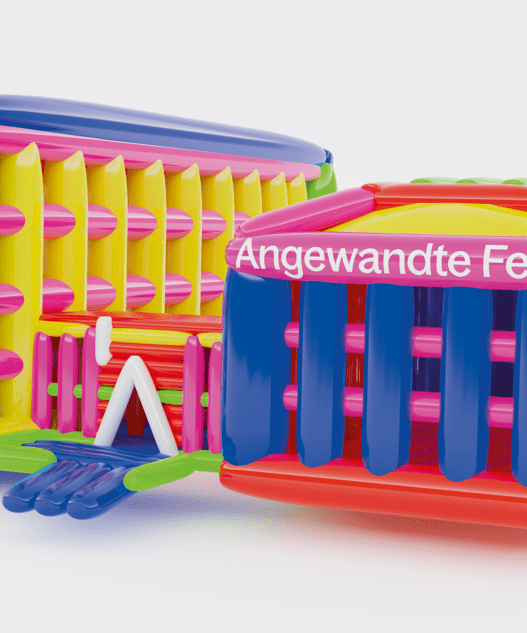
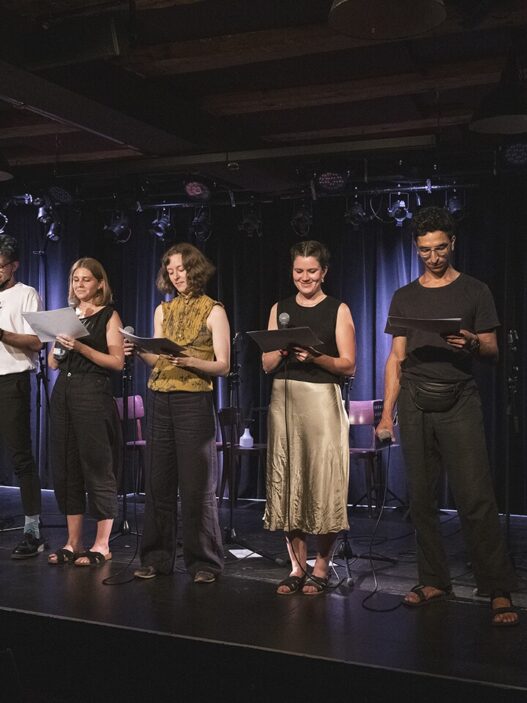
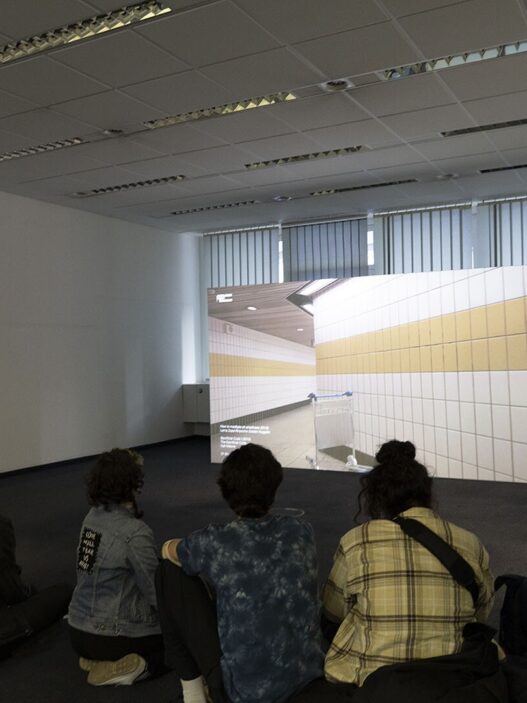
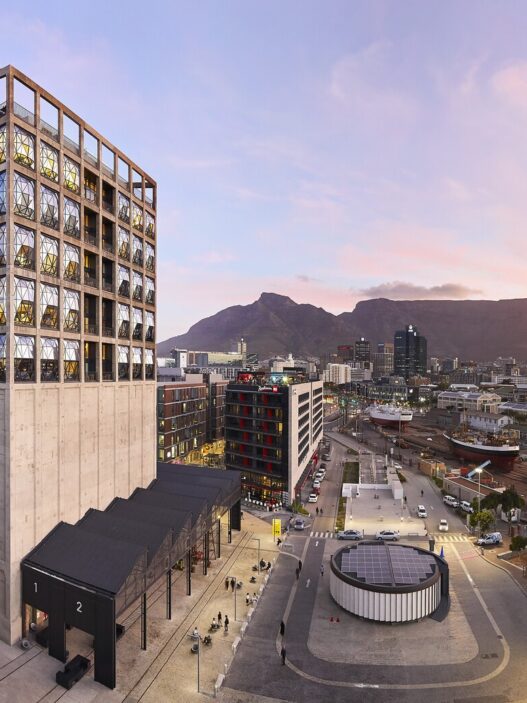
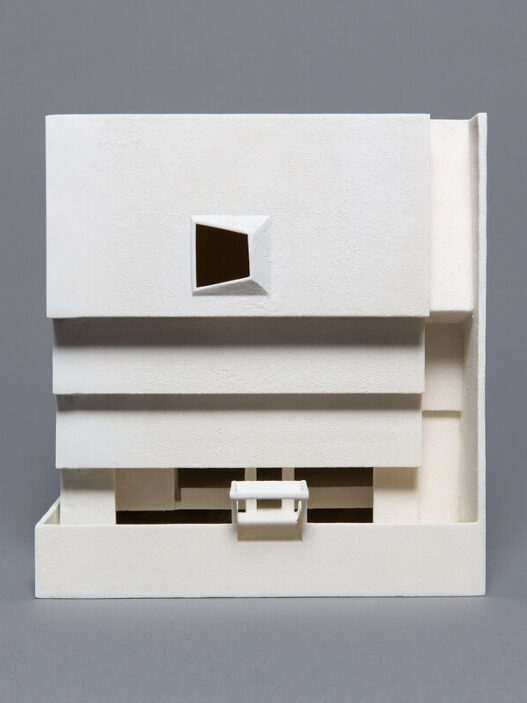
![[1] View of Igor Jesus, Banho Maria. © Rodrigo Rodrigues. [2] Courtesy School of Arts at Universidade Católica Portuguesa, Porto.](https://dailyart.news/wp-content/uploads/2022/06/school_of_arts_porto-527x703.gif)
